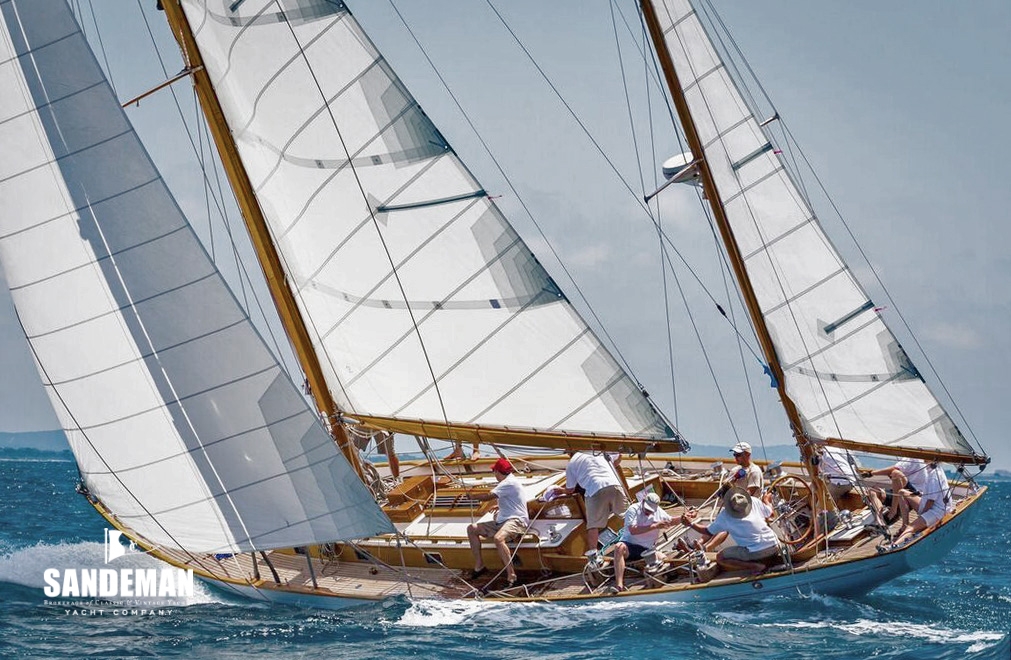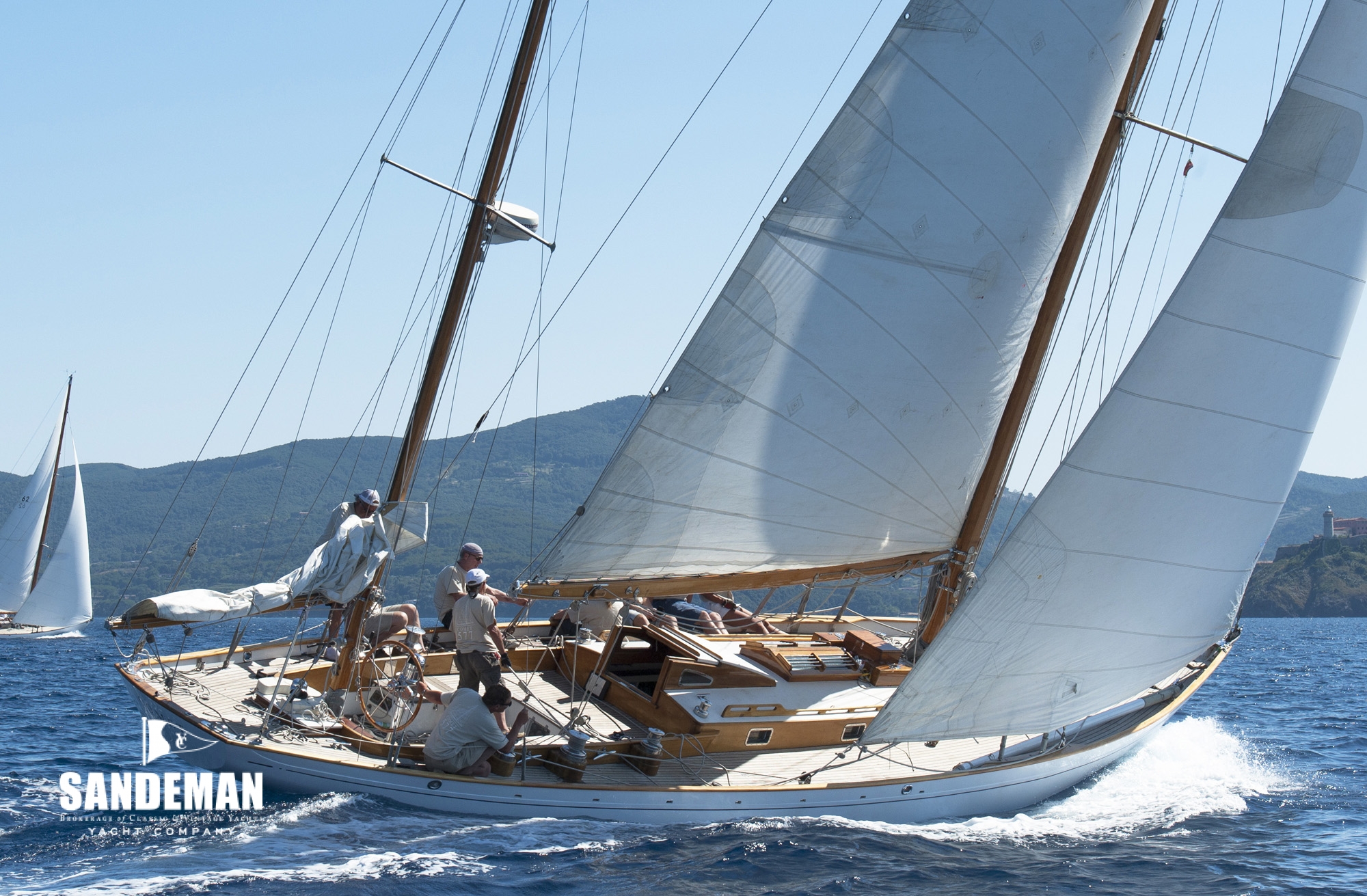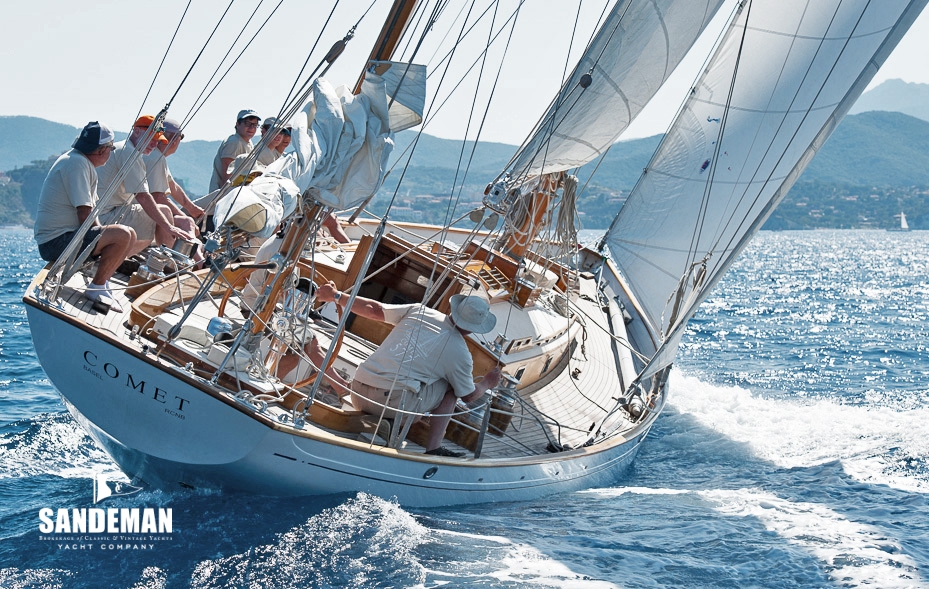LOL at 76, 77 next month, and several Gulf of Mexico crossings, one single hand, and several Gulf Stream passages, I've decide the same thing. Open ocean for long stretches has lost it's allure. Still love to cruise,, but it' really nice to be comfortably snugged in somewhere for the night 
Real "Bluewater Water Boats"
- Thread starter 25yearslater
- Start date
Pretty much the same here Charlie. Been all over the Atlantic and Gulf so as you say the allure is gone. The one thing I plan to do is see the fifth lake. That being Superior. Been all over Michigan, Huron, Erie (The Bitch) and Ontario. Never made it to Superior though. Couple more years and that's my retirement goal. A complete circuit of the Great Lakes. No harbors more than 24 hours away for some exploring or fine cuisine. Best part is you can shave and not have the phosphorous in seawater burn like devil's fire.LOL at 76, 77 next month, and several Gulf of Mexico crossings, one single hand, and several Gulf Stream passages, I've decide the same thing. Open ocean for long stretches has lost it's allure. Still love to cruise,, but it' really nice to be comfortably snugged in somewhere for the night
Lots of people have taken inadequate boats offshore and survived, but that is not recommended. If you really run into bad weather and seas, that is where the inadequacy surfaces. How a boat is constructed is the main criteria for adequacy and above. Furthermore, if you are doing some passage making, it makes sense to have a boat with adequate fuel and water supply as well for comfortable cruising. There is a classification of boat quality and what they can withstand and it goes like this:
Category A - Ocean - Designed for extended voyages where conditions may exceed wind force 8 (Beaufort scale) and significant wave heights of 4 m and above but excluding abnormal conditions, and vessels largely self-sufficient.
Category B Offshore - Designed for offshore voyages where conditions up to and including wind force 8 and significant wave heights up to and including 4m maybe be experienced.
Category C - Inshore - Designed for voyages in coastal waters, large bays, estuaries, lakes and rivers, where conditions up to and including wind force 6 and significant wave heights up to and including 2m may be experienced.
Category D - Sheltered Waters - Designed for voyages on shelter coastal waters, small bays, small lakes, river and canals when conditions up to and including wind force 4 and significant wave heights up to and including 0.3 m may be experienced, with occasional waves of 0.5m maximum height, for example from passing vessels.
What this all breaks down to is how the boat is built, i.e. hull to deck joints, keel attachments, hull construction, proper spars and sails, window size and thickness, companionway drop boards thickness, bridge deck height, scupper sizes, engine sizes, deck hardware to include winches, railings, lifelines, & associated material, on and on and on. Size isn't as important as strength and how well found a boat is. Jerry Speiss sailed the Pacific on a 10-footer. Not the most comfortable ride, but the boat was built to withstand the conditions and he was an explorer writing about his adventures (not what mos of the rest of us would do). Lyle Hess designed strong boats that were 17 and 20 feet and up which were considered to be built for more extreme conditions. And Everette Pearson, who introduced the Pearson Triton 28 (a Carl Alberg design) as one of the first affordable fiberglass cruising vessels which skyrocketed others to build similar products. Everette Pearson just died over the holidays, by the way. I have met the man and he was special. Anyway, that's my 2 cents.
Category A - Ocean - Designed for extended voyages where conditions may exceed wind force 8 (Beaufort scale) and significant wave heights of 4 m and above but excluding abnormal conditions, and vessels largely self-sufficient.
Category B Offshore - Designed for offshore voyages where conditions up to and including wind force 8 and significant wave heights up to and including 4m maybe be experienced.
Category C - Inshore - Designed for voyages in coastal waters, large bays, estuaries, lakes and rivers, where conditions up to and including wind force 6 and significant wave heights up to and including 2m may be experienced.
Category D - Sheltered Waters - Designed for voyages on shelter coastal waters, small bays, small lakes, river and canals when conditions up to and including wind force 4 and significant wave heights up to and including 0.3 m may be experienced, with occasional waves of 0.5m maximum height, for example from passing vessels.
What this all breaks down to is how the boat is built, i.e. hull to deck joints, keel attachments, hull construction, proper spars and sails, window size and thickness, companionway drop boards thickness, bridge deck height, scupper sizes, engine sizes, deck hardware to include winches, railings, lifelines, & associated material, on and on and on. Size isn't as important as strength and how well found a boat is. Jerry Speiss sailed the Pacific on a 10-footer. Not the most comfortable ride, but the boat was built to withstand the conditions and he was an explorer writing about his adventures (not what mos of the rest of us would do). Lyle Hess designed strong boats that were 17 and 20 feet and up which were considered to be built for more extreme conditions. And Everette Pearson, who introduced the Pearson Triton 28 (a Carl Alberg design) as one of the first affordable fiberglass cruising vessels which skyrocketed others to build similar products. Everette Pearson just died over the holidays, by the way. I have met the man and he was special. Anyway, that's my 2 cents.
Here's the genuine article on the hard in Long Beach. Custom S&S 67-ft yawl(?).


How do you ever steer a boat like that?? You have an incredibly long keel, so there is no pivot point. Just flat surface that wants to go straight. Secondly, the pivot on the rudder means the rudder angles upward when you turn it, so in a turn, it creates all kinds of drag. I guess in moderate winds you start the motor and force the turn?
This is true on ANY single rudder boat that is heeling. Its the 2nd of 2 reasons why so many modern boats have dual rudders. They are angled outwards so when heeled, one is out of the water, and the other one is standing pretty much straight up and down. All rudder forces steer the boat, and don't try and act as a diving plane.How do you ever steer a boat like that?? You have an incredibly long keel, so there is no pivot point. Just flat surface that wants to go straight. Secondly, the pivot on the rudder means the rudder angles upward when you turn it, so in a turn, it creates all kinds of drag. I guess in moderate winds you start the motor and force the turn?
Mostly with one hand by the looks.How do you ever steer a boat like that??



Another Sparkmen and Stevens design but I've never heard of an S&S design that wasn't a nice balance, if it's sailed well.
Well, for the real sailor who wants a true BLUE WATER "turnkey" boat, get your money together and pack your bags!
URGENT SALE…Kevin’s #GGR2018 1993 Tradewind 35 is FOR SALE!! First reasonable cash offer in the next four weeks. Ready to go with a working HYDROVANE, all GGR safety gear, charts, sextant, almanac etc etc etc, 9 months food just step onboard and cruise to the Pacific or Caribbean or around the world. Maybe an early start for #GGR2022…email Offers to DON@ www.GoldenGloberace.com This was the designer builders own personal boat specially strengthened and able to sail anywhere in safety. Kevin is headed back to the mountains!! Yes it may be a bargain for someone! AS IS WHERE IS Canary Island MMMMarina Rubicón Sailing Center(TW35 drawing by Francois Chevalier)
URGENT SALE…Kevin’s #GGR2018 1993 Tradewind 35 is FOR SALE!! First reasonable cash offer in the next four weeks. Ready to go with a working HYDROVANE, all GGR safety gear, charts, sextant, almanac etc etc etc, 9 months food just step onboard and cruise to the Pacific or Caribbean or around the world. Maybe an early start for #GGR2022…email Offers to DON@ www.GoldenGloberace.com This was the designer builders own personal boat specially strengthened and able to sail anywhere in safety. Kevin is headed back to the mountains!! Yes it may be a bargain for someone! AS IS WHERE IS Canary Island MMMMarina Rubicón Sailing Center(TW35 drawing by Francois Chevalier)
Well, turnkey for a 1960's boat. Zero electronics and nav, a cassette player, and a knot-log you drag behind you and read after pulling it in. But still, I bet a pretty well-found craft.Well, for the real sailor who wants a true BLUE WATER "turnkey" boat, get your money together and pack your bags!
URGENT SALE…Kevin’s #GGR2018 1993 Tradewind 35 is FOR SALE!! First reasonable cash offer in the next four weeks. Ready to go with a working HYDROVANE, all GGR safety gear, charts, sextant, almanac etc etc etc, 9 months food just step onboard and cruise to the Pacific or Caribbean or around the world. Maybe an early start for #GGR2022…email Offers to DON@ www.GoldenGloberace.com This was the designer builders own personal boat specially strengthened and able to sail anywhere in safety. Kevin is headed back to the mountains!! Yes it may be a bargain for someone! AS IS WHERE IS Canary Island MMMMarina Rubicón Sailing Center(TW35 drawing by Francois Chevalier)
Well you have to know the gear ratio of the wheel to know for sure. ;^)Mostly with one hand by the looks.
Another Sparkmen and Stevens design but I've never heard of an S&S design that wasn't a nice balance, if it's sailed well.
The 36.7 is 3/4 of a turn lock to lock. The old vids of some old sail wildly spinning the wheel are not far from the truth... boats had rudder indicators in case the driver lost count of the turns!
I found my taffrail log (I still have it, but don't use it) to be remarkably accurate (unless a shark ate a spinner). One of my main tools in days of yore.Well, turnkey for a 1960's boat. Zero electronics and nav, a cassette player, and a knot-log you drag behind you and read after pulling it in. But still, I bet a pretty well-found craft.
I think the boat is made to go pretty much straight.How do you ever steer a boat like that?? ...
It seems to me that if you're in blue water making passage, and you have the boat trimmed to make a certain course, you'd want it to maintain that course--keep its direction, and not require much attention of a physical nature for you or your autopilot to steer. Maneuverability, which is not needed so much on the high seas, is exchanged for "stability." The picture does only a partial justice in relating the immensity of the keel of that boat. It's awesome to stand beside!I think the boat is made to go pretty much straight.
I'd have to agree on crew being key but the boat does have one blue water requirement. It must take being rolled in 30 foot seas, de-masted and not sunk. The rest is up to the crew.Much has been written and discussed on what makes for a "Bluewater Boat." I personally trust which ones have done it rather than some industry group attempting to separate people from their hard earned treasure. People like Slocum, Graham, Mike Riley and now this fellow Sean come to the forefront and reinforce my belief that it is more often the person who has the wherewithall to begin an epic adventure and follow through rather than how much they spend on a boat. http://www.sail-world.com/news/200465
How do you ever steer a boat like that??

me, grandson, one hand.
the truth is that you steer a sailboat with it's sails. the rudder is just trim.
me, grandson, one hand.
the truth is that you steer a sailboat with it's sails. the rudder is just trim.
“The Next Generation” Put a frame on that one Jon!me, grandson, one hand.
Why shave? I haven't wasted any time doing that since I was a teen.Pretty much the same here Charlie. Been all over the Atlantic and Gulf so as you say the allure is gone. The one thing I plan to do is see the fifth lake. That being Superior. Been all over Michigan, Huron, Erie (The Bitch) and Ontario. Never made it to Superior though. Couple more years and that's my retirement goal. A complete circuit of the Great Lakes. No harbors more than 24 hours away for some exploring or fine cuisine. Best part is you can shave and not have the phosphorous in seawater burn like devil's fire.
